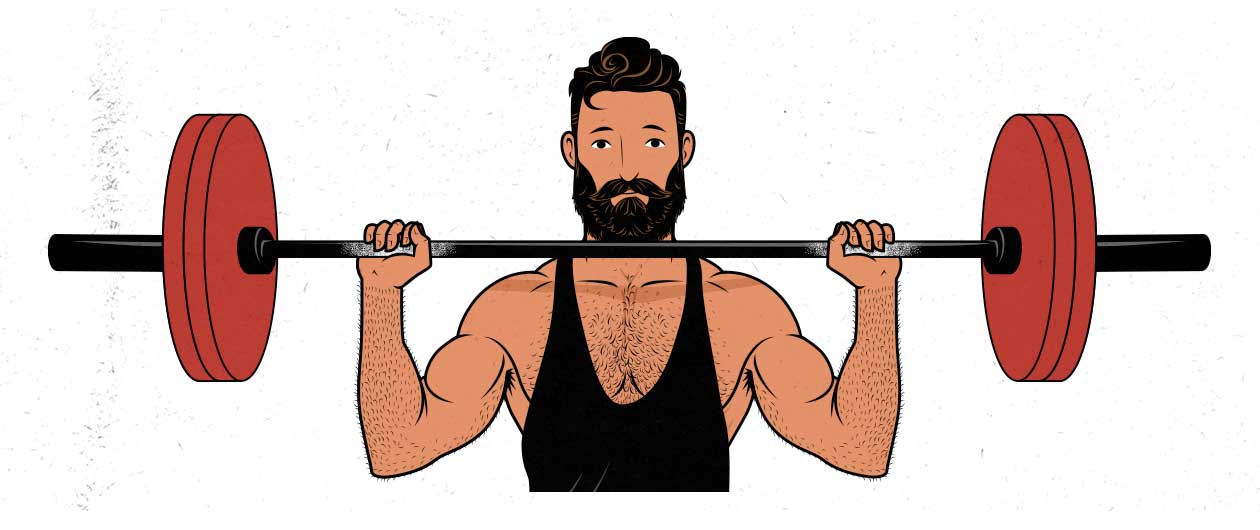
To this end, he advocates a recovery of between 3-6 minutes between sets for optimisation of performance. If there are more then the athlete will be unable to maintain the desired workout intensity, both physically and mentally. Experienced athletes know that they only have a certain amount of ‘energy’ for these types of workouts Bompa is also aware of this and therefore argues that only 3-5 exercises should be included in a relevant workout. And crucially, the rest period must be long enough to enable a ‘full out attack’ on each lift. The reps must be also be kept low (1-4) to enable the athlete to achieve the highest possible muscle tensions. As a consequence, exercises must work the prime movers involved in the athlete’s chosen sport – for example, the calf muscles, hamstrings, quads, glutes and hip-flexors of a sprinter. This is clearly put into context by the requirement of these workouts to create as he puts it, ‘the highest possible tension in a muscle’ (1). Box 1 explains the some of the benefits of the maximum load method.įor Bompa, rest is a crucial training variable in the development of strength and power through the maximum load method. This focus is also considered relevant because it is argued that developing this type of strength is critically important when it comes to producing strength that directly benefits power athletes. Limitations on space prevent a detailed analysis of his theories however, a focus on what he calls ‘the maximum load method’ is a useful starting point for the analysis of rest between reps and sets when weight training. Tudor Bompa is one of the world’s foremost strength and conditioning experts and is the only coach to have produced an Olympic champion in a power event (javelin) and a world champion in an endurance event (rowing).īompa has devised numerous strength training protocols for what he calls the ‘ periodisation of strength’ – the progressive development of strength through various resistance training methods, notably weight training, which is specifically relevant to improving sports performance (1). Whereas ‘a couple of minutes’ might be enough for a maximum strength developing session comprising 3 x 3 reps at 90%1RM, will it be enough for a 4 x 10 reps at 75% of 1RM power sessions, where the weights are moved as fast as possible? Some coaches may also argue that a shorter recovery is better, due to a greater hormonal and muscle building response, something we’ll come to later.

However, when pressed as to exactly how long the athlete should recover between sets and reps, they may be less sure. Most coaches will probably argue that both strength and power require relatively long recoveries between sets if the athlete is to achieve ‘maximum strength and power, as well as promoting quality lifting’ with little fade. In contrast, power is generally developed by using medium to heavy weights (60-80% of 1 RM) over medium rep ranges (6-12). Maximum strength is achieved by lifting as heavy weights as possible – 80 to 100% of 1-repetition maximum (1RM) over low (1-4) rep ranges.

How long you rest between reps and sets when weight training can have more of an effect on maximising your strength and power returns and building lean muscle than you might realise.


 0 kommentar(er)
0 kommentar(er)
